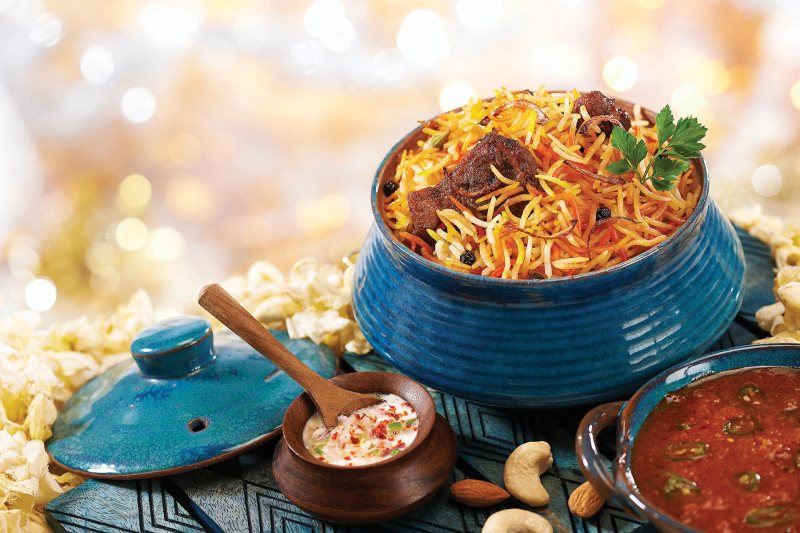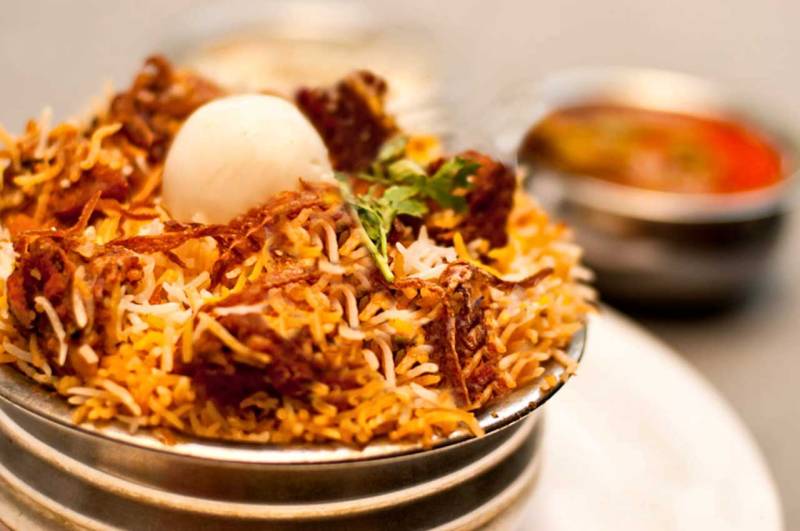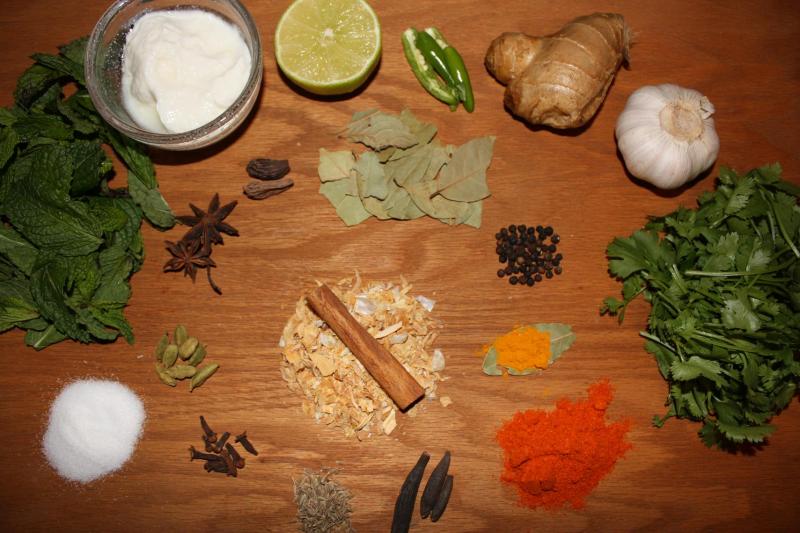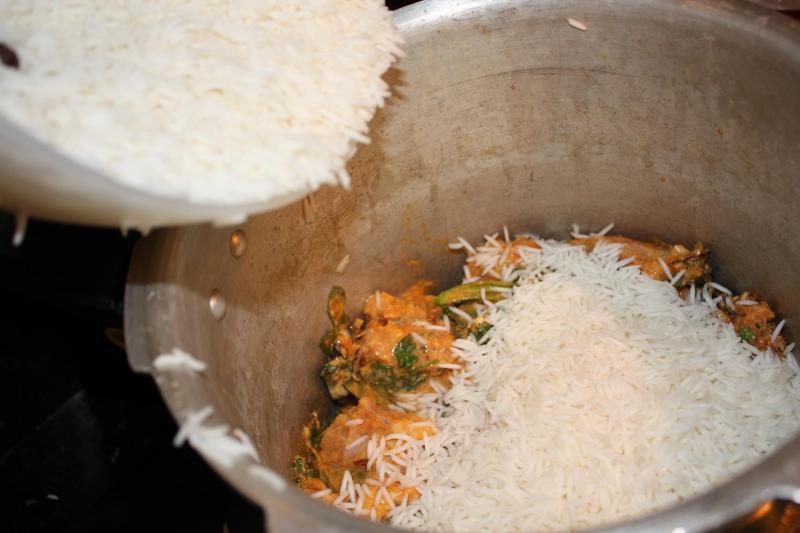The flavourful, aromatic biryani is the quintessential main course in virtually every Indian feast. And this preference is not without reason(s). The cultural traditions in culinary history have created this legal addiction.
Hyderabadi chicken dum biryani
Business is booming for biryani outlets as more and more Bakasuras flock to relish this (quite literal) melting pot of tastes. With local and hyperlocal variations getting cooked up every other day, one is spoilt for options when it comes to the sensual experience of a biryani.
Legend has it that Timur Lang the Turko-Mongol conqueror, who arrived at the frontiers of India in 1398, brought the precursor to the biryani. Then, it was part of a war campaign diet- a meal cooked of whatever rations were available in a single large pot. But there have been records of biryani cooks and eaters much earlier than that, especially in South India. Arab traders who have been interlinked with the destiny of the peoples of the southern coast since time immemorial are believed to have introduced the dish of Persian origin. It’s not surprising that the word ‘biryani’ is a corruption of ‘birinj’, which is the Persian word for rice. Another variation is ‘beriyan’, which means fry or roast in Persian.
The evolution of the hodgepodge meal for invading armies has spanned many centuries, many recipes, many cultures, many ingredients and many cooking styles. Biryani today can be found on the tables of Indian fine dining establishments, dhabas alongside highways, important feasts and festivals and home kitchens.
Indulge
The biryani is often named after the style in which it is prepared, the primary constituent meat or vegetable and the region which has made it popular. Hyderabadi dum biryani, Lucknowi or Avadhi dum biryani, Thalaserry dum biriyani, Vaniyambadi or Ambur biryani, Bombay biryani, Calcutta biryani, Kalyani biryani, Memoni biryani, Beary biryani- these are just a few variants of the popular fare doing rounds, in city, town and village alike.
The meats used are usually chicken and mutton. In some coastal varieties, fish, prawns and crabs are also used. In essence, the biryani can be categorized into two types based on the sequence and nature of the ingredients added during the preparation.
Stuff that goes in the handi
Kutchi or raw style biryani is made by slow cooking raw marinated meat and raw rice together with spices in a handi (earthen pot). Pukki or complete(?) style biryani differs in the method of partially cooking the meat and rice, before coming together in the handi for the marriage of flavours, that is the biryani.
The top and bottom layers are always rice; the layers inbetween contain the marinated meat and/or vegetables, assorted spices and condiments, saffron millk and ghee (clarified butter) or oil. The mouth of the handi is closed tight with a lid, which is then sealed around the edges with dough. The loaded handi is slow cooked over charcoals, sometimes from the top and bottom also. Then for the matter of time of about an hour, the dum or steam works its magic.
I’d recommend playing a quick hand of cards with your folks or some unhurried conventional conversation which has a quality of rarity like the number of times petrol prices go down. And remember to keep the dining table clutter-free!
Layers of a dum biryani
The handi remains sealed until just before plating and consumption. When the dum is broken, an ambrosial smell flirts with the olfactory senses- a smell that is equivalent of What A Wonderful World by the evergreen Mr. Louis Armstrong. Float away on the intricate taste clouds of good dreams with a glass of hot, spicy rasam (a light broth of tomatoes, pepper, salt, garnished with coriander leaves).
Tips:
- To know if your biryani was cooked to perfection, drop a spoonful on a hard flat surface like the table, maybe. If the rice doesn’t stick together, your handi is a gold mine!
- To savour the actual taste of the biryani eat some of it plain, without flooding the plate with the raitha and/or gravy.
The Dealocx app is available for download from Google Play Store and check out www.dealocx.com for more info.




